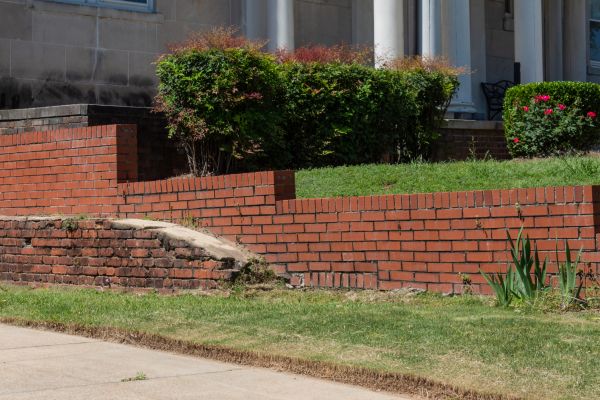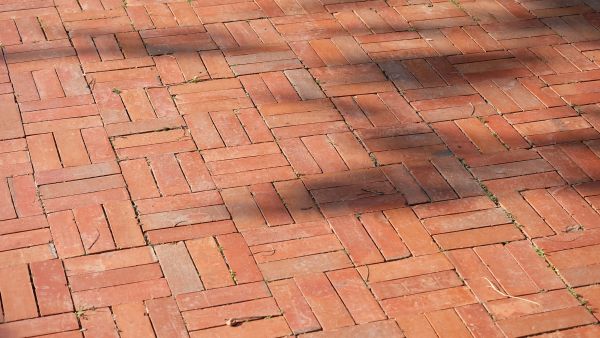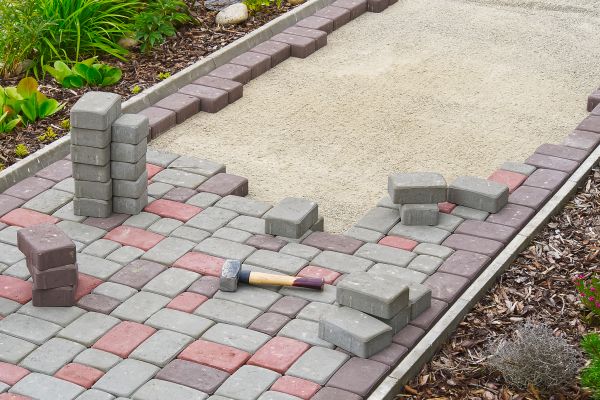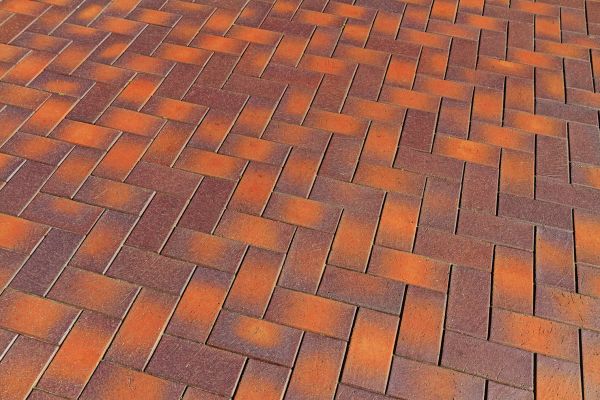Brick Hardscaping
Welcome to Loveland Pavers
Serving Loveland, CO
Brick hardscaping is a specialized field of landscape design that involves the use of brick materials to create functional and aesthetically pleasing outdoor spaces. This technique is essential for homeowners and businesses looking to enhance their property's curb appeal and durability. By incorporating brick hardscaping into your landscape, you can achieve a timeless and classic look that complements any architectural style. The importance of brick hardscaping lies in its ability to provide structure and definition to outdoor areas, making them more usable and enjoyable. Whether it's a patio, walkway, or retaining wall, brick hardscaping offers a versatile solution that can withstand various weather conditions while requiring minimal maintenance. This makes it an ideal choice for those seeking a long-lasting and attractive addition to their property.
Benefits of Brick Hardscaping
-
Durability and Longevity
Brick hardscaping is renowned for its durability and ability to withstand the test of time. Unlike other materials, brick does not easily erode, warp, or succumb to weather damage. This makes it a reliable choice for outdoor projects that need to endure the elements year-round. -
Aesthetic Appeal
The classic and elegant look of brick can enhance the visual appeal of any landscape. With a variety of colors, sizes, and patterns available, brick hardscaping can be customized to match the unique style of your property, providing a cohesive and attractive appearance. -
Low Maintenance
One of the key benefits of brick hardscaping is its low maintenance requirements. Once installed, brick structures need minimal upkeep, saving you time and effort in the long run. This makes it an appealing option for busy homeowners and businesses who want a beautiful outdoor space without the hassle of frequent maintenance.
Fill out our contact form today to request professional Brick Hardscaping services in Loveland and transform your outdoor space into a stunning and functional area.





